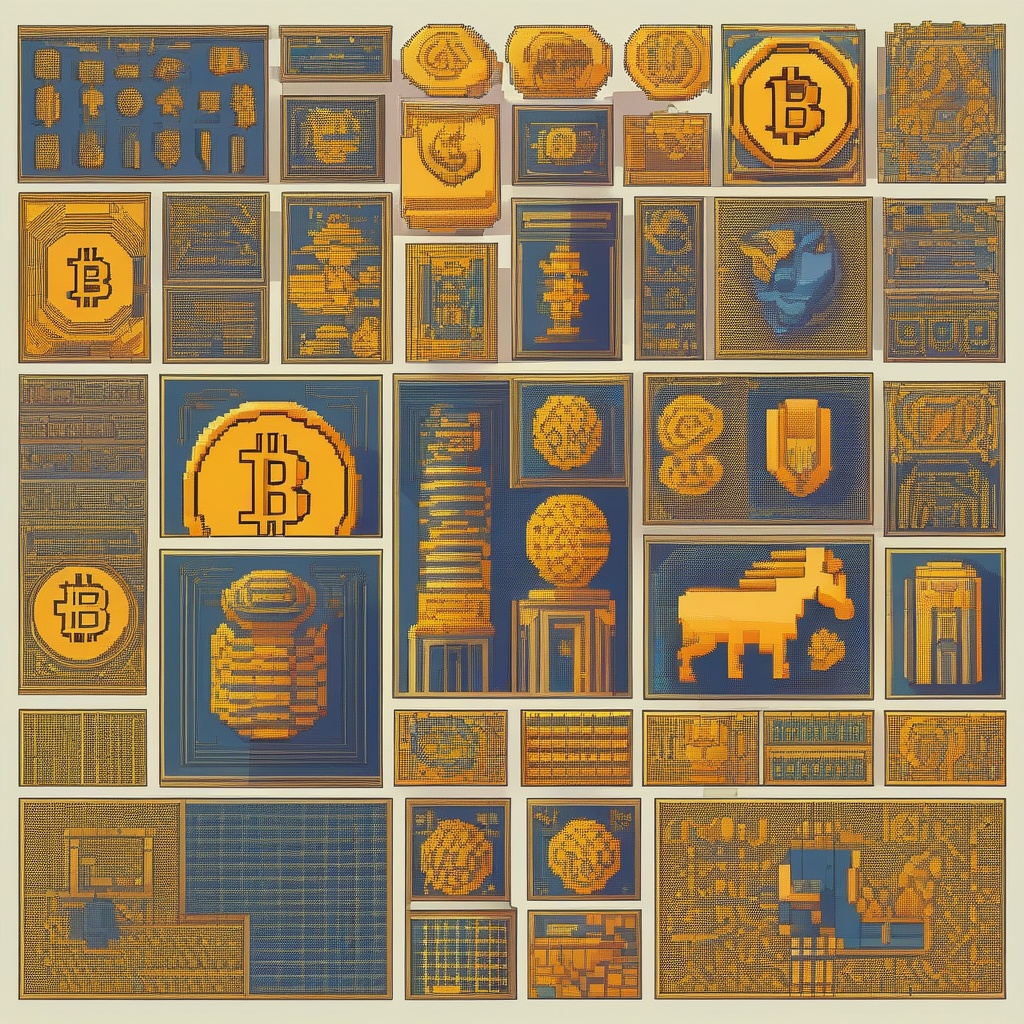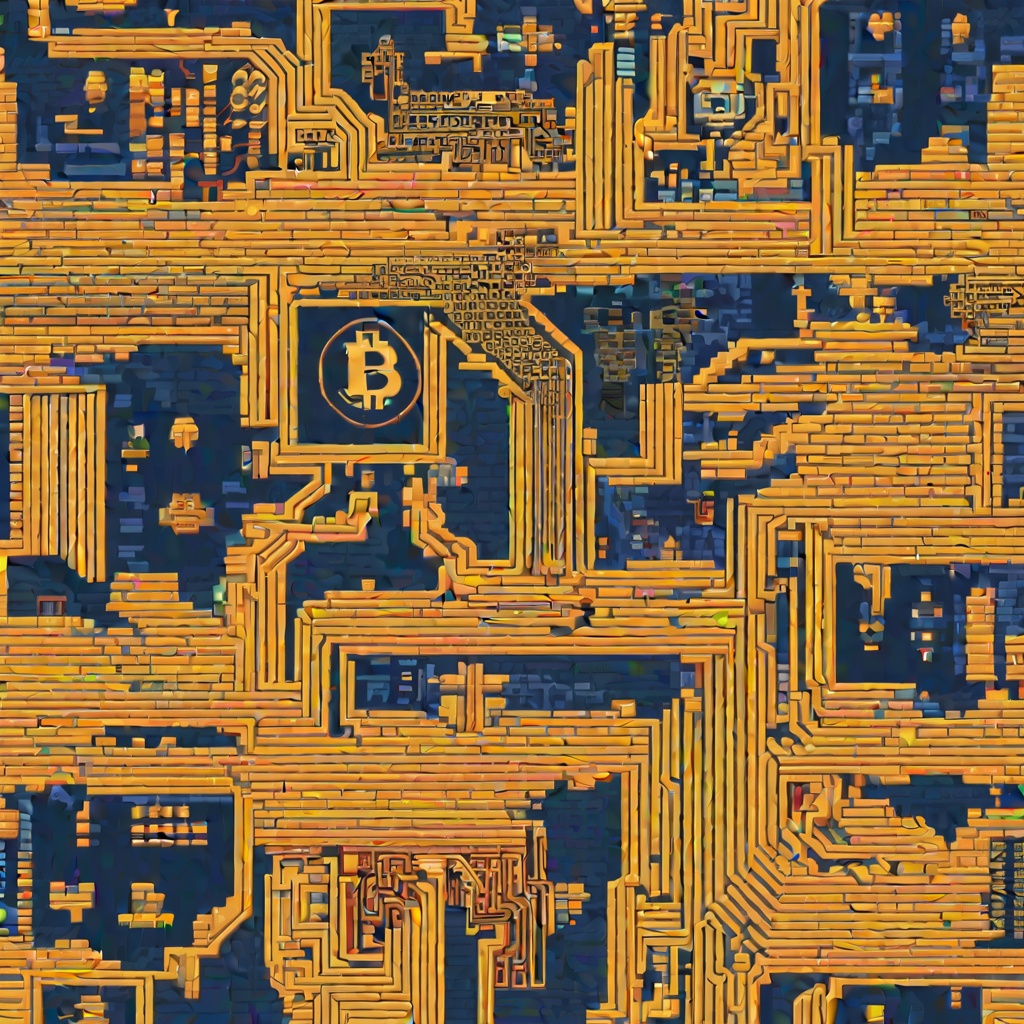Is bitcoin's 21 million supply limit a mathematical coincidence?
Could you elaborate on whether the 21 million supply limit of Bitcoin is simply a mathematical coincidence or a strategic decision? This cap is a fundamental aspect of Bitcoin's economic design, but is it just a mathematical outcome, or was it deliberately chosen to ensure scarcity and promote stability in the cryptocurrency? Understanding the reasoning behind this decision could help investors make more informed decisions in the crypto market. Please discuss the implications and possible motivations behind this limit.

Can bitcoin's 21 million supply limit be changed?
With the increasing popularity and value of Bitcoin, many are curious about the underlying mechanics that govern its supply. A crucial aspect is the hard-coded limit of 21 million Bitcoins that can ever be mined. This begs the question: Can this limit be changed? Some argue that with the evolving landscape of cryptocurrency, adjusting the supply cap could help stabilize prices or meet increasing demand. However, others argue that altering this fundamental rule could undermine Bitcoin's credibility and trustworthiness. What are the arguments for and against changing Bitcoin's 21 million supply limit? What are the potential implications for the entire cryptocurrency ecosystem?

